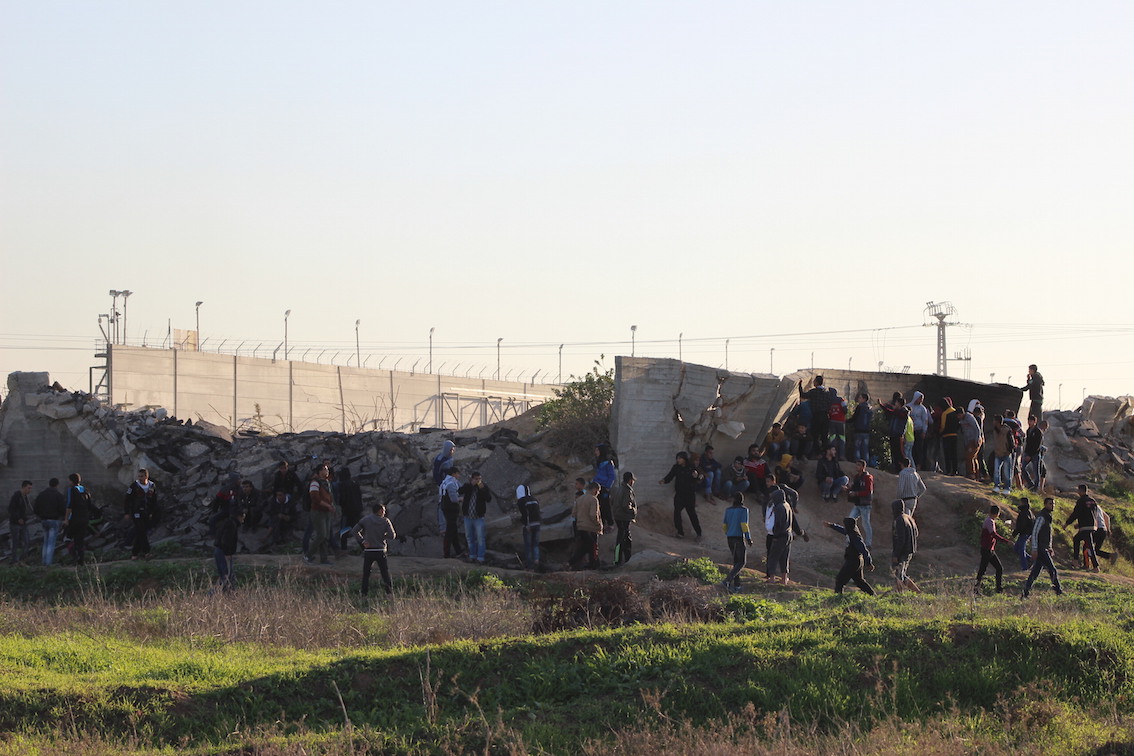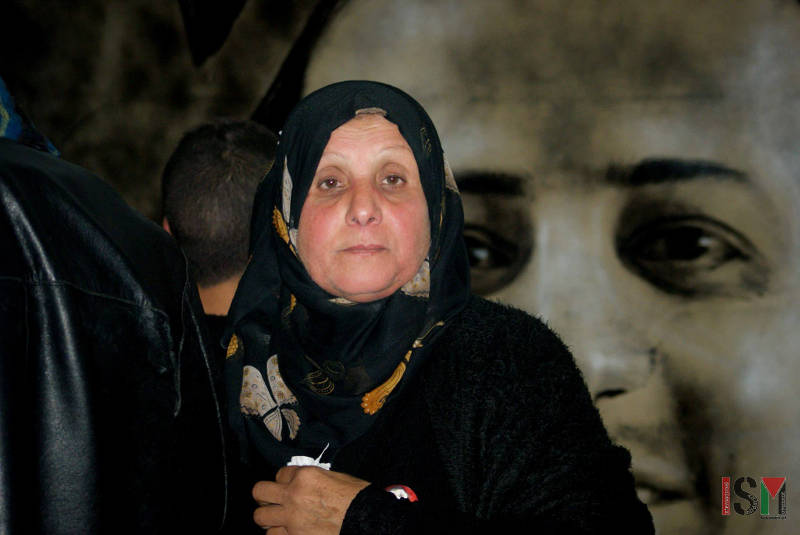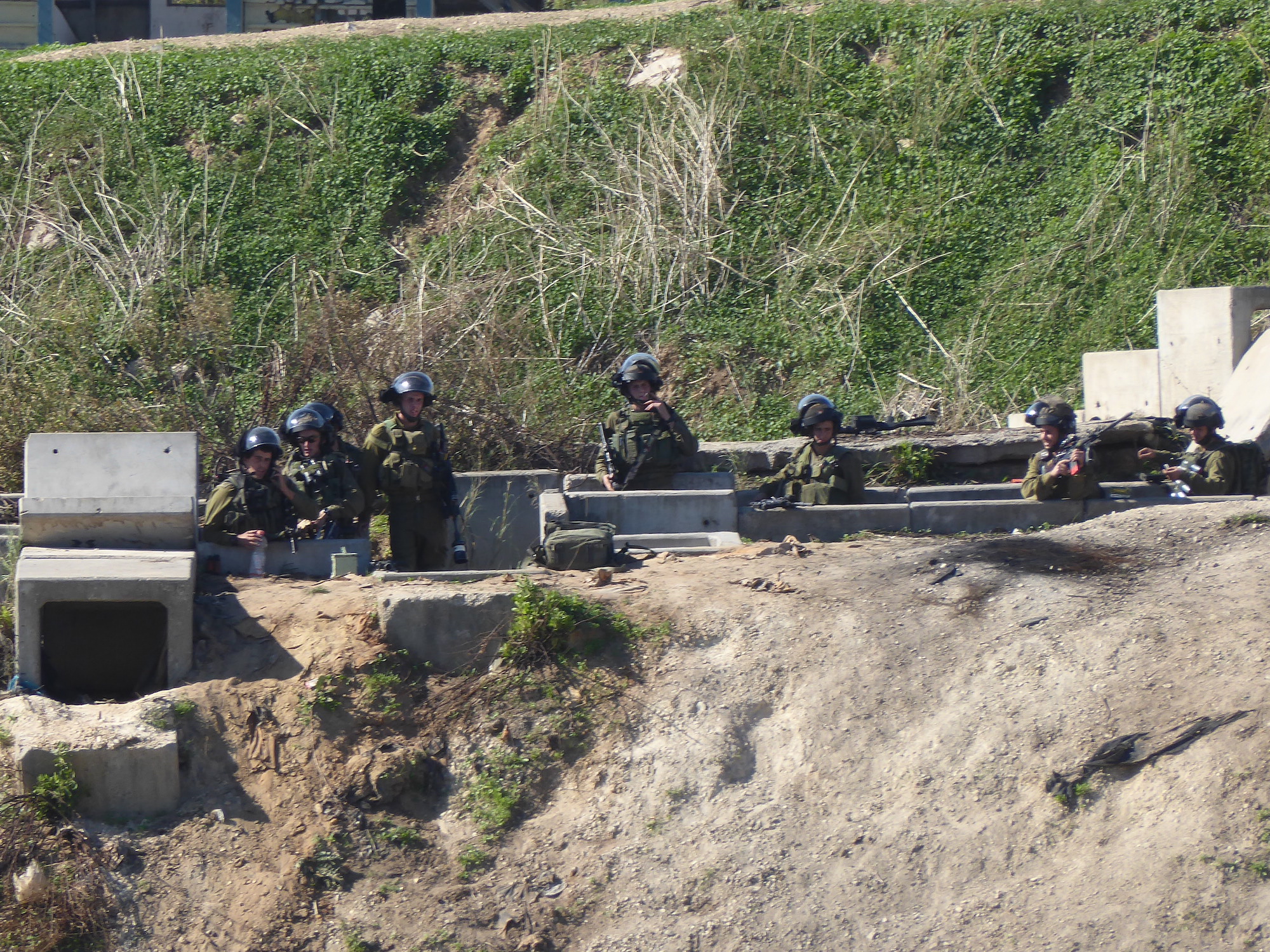Category: Features
-
Many injured during the friday protests in Gaza
December 4th, 2015 | International Solidarity Movement, Gaza team | Gaza strip, occupied Palestine There were many protests this Friday again in Gaza. According to the information provided by the ministry of health, 10 people have been injured in the Khan Younees area, mainly in El Farahin. 11 people have been injured in the Central Area.…
-
Last tribute for a martyred in Bethlehem : “Motaz was happy when he was facing to the sea, it gave him a sense of freedom, lightless that he hadn’t before.”
3rd of December 2015 | International Solidarity Movement, al-Khalil team | Hebron, occupied Palestine On Wednesday 2nd December, in Dheisheh refugee camp, Bethlehem, a mass tribute for 28-year-old Motaz Ibrahim Zawara, took place. Motaz was killed by Israeli forces the previous day when he was shot with live ammunition in his chest during a demonstration at…
-
In Tulkarem, students afraid to go to university after two months of violence
December 2nd, 2015 | International Solidarity Movement with Meta Peace Team, Tulkarem team | Tulkarem, occupied Palestine Palestine Tech University (PTU) in Tulkarem has now been closed for two days, for unknown reasons. The school has been witnessing many clashes between the students and the Israeli forces since the beginning of October. Dozens of young people…



